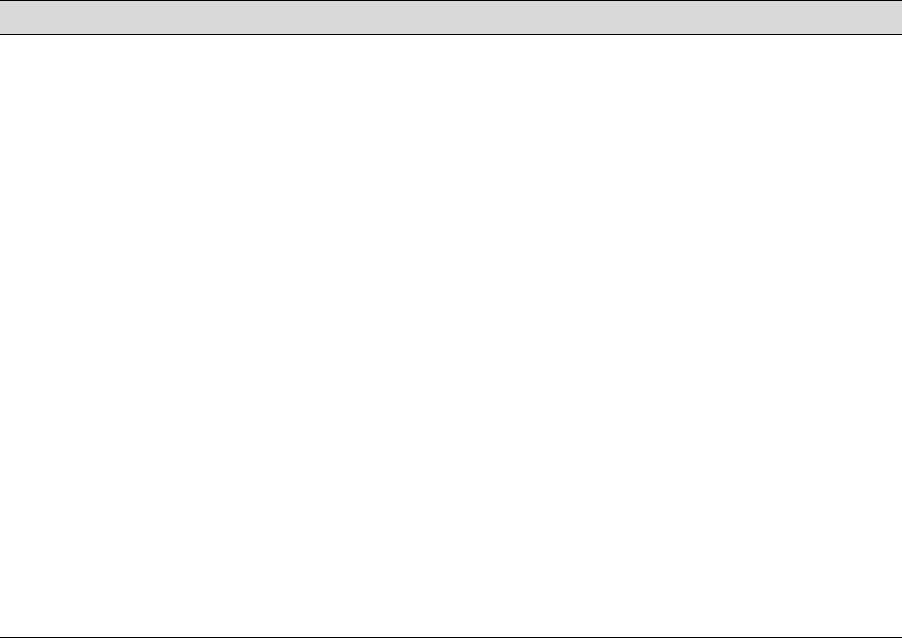
6-135
Solving Problems | 135
Improving Print Quality
You can often improve print quality by doing the following:
• Run a nozzle check and cleaning cycle. See page 104 for instructions.
• Align the print head. See page 107 for instructions.
• When you send a print job, make sure your print options are set
correctly. For more information, see Chapter 3 (Macintosh) or Chapter
4 (Windows).
If none of these suggestions help, try the solutions below.
Problem Solution
Your print has
horizontal banding.
◗ Check the ink indicators and light to see if you are low on ink. Replace ink
cartridges if necessary, as described on page 109.
◗ Run a nozzle check and cleaning cycle. See page 104 for instructions.
◗ Align the print head from the printer’s control panel, as described on page 107.
◗ Turn off High Speed in your Advanced settings.
◗ Make sure the Media Type setting in the printer software is correct for the media
you’re printing on.
◗ If you’re using cut sheet media, make sure the printable side is face down in the
tray.
◗ Choose a higher resolution, such as SuperPhoto - 2880dpi.
◗ If you’re using a third-party RIP and non-Epson media, see if the RIP provides a
method for adjusting the paper feed.
Try adjusting your paper configuration settings (page 70 for Mac OS X or page 93 for
Windows). Check these settings:
◗ Make sure the Paper Thickness setting is correct for the paper you’re printing on.
◗ If you’re printing on thin paper that’s getting saturated with ink, reduce the Paper
Suction.
◗ Use the Paper Feed Adjustment to tune out banding. Reduce the value for white
lines, and increase it for overlapping dark lines.
◗ If you’ve created a custom paper configuration, be sure to return the setting to
standard (STD) when you’re done using it. See page 58.
sp4800Guide.book Page 135 Tuesday, March 7, 2006 3:49 PM
